Samsung Patents A Distinctive Smartphone With Display On Front And Back
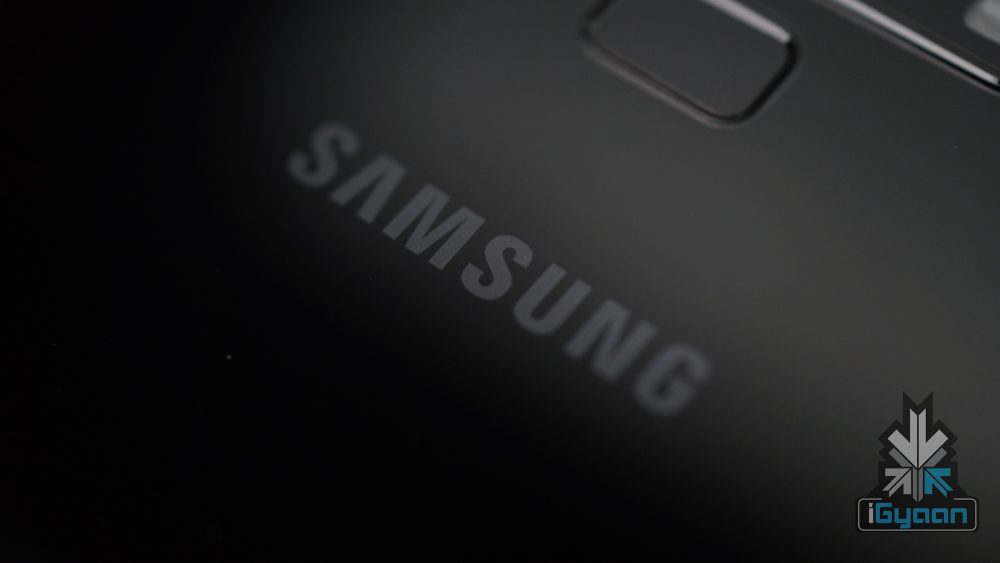
Ever since the race to a bezel-less smartphone started in the year 2016, major OEMs have tried to innovate unique solutions in a bid to maximise the screen real estate in their devices. Along the way, unconventional technologies like a display notch as seen in the iPhone X series, hole punch displays as seen in the Galaxy S10 lineup and dual displays present in Vivo Nex Dual Display and the Nubia X, have surfaced in current smartphones. A fresh patent filed by Korean electronics giant Samsung reveals it is working on a new way to increase the screen to body ratio in future handsets.
Samsung Dual Display Smartphone

Samsung filed for a patent with the United States Patent and Trademark Office (USPTO) for the aforementioned smartphone back in October of 2016. It was approved and published in the World Intellectual Property Office (WIPO) database on the 25th of April 2019. The images in the patent reveal a mobile device with an alleged ‘Multi-Plane Display’. This essentially means a device with a display on the front and back which can be controlled simultaneously.

The aforementioned patent by Samsung shows a smartphone with three different parts of the display. The front of the device is entirely covered by a screen. This screen or display extends to the top of the handset and goes on to cover around 75 percent of the back of the device. While the main display seems folded, it might not need to open and close like the Galaxy Fold foldable smartphone. The patents also reveal a home button inside the display, which might provide haptic feedback when pressed. Samsung’s Dual Display smartphone, when launched may also feature a single camera sensor on the back side of the device. As there are displays on either side, images and videos can be clicked or recorded from the front as well as the back of the handset.
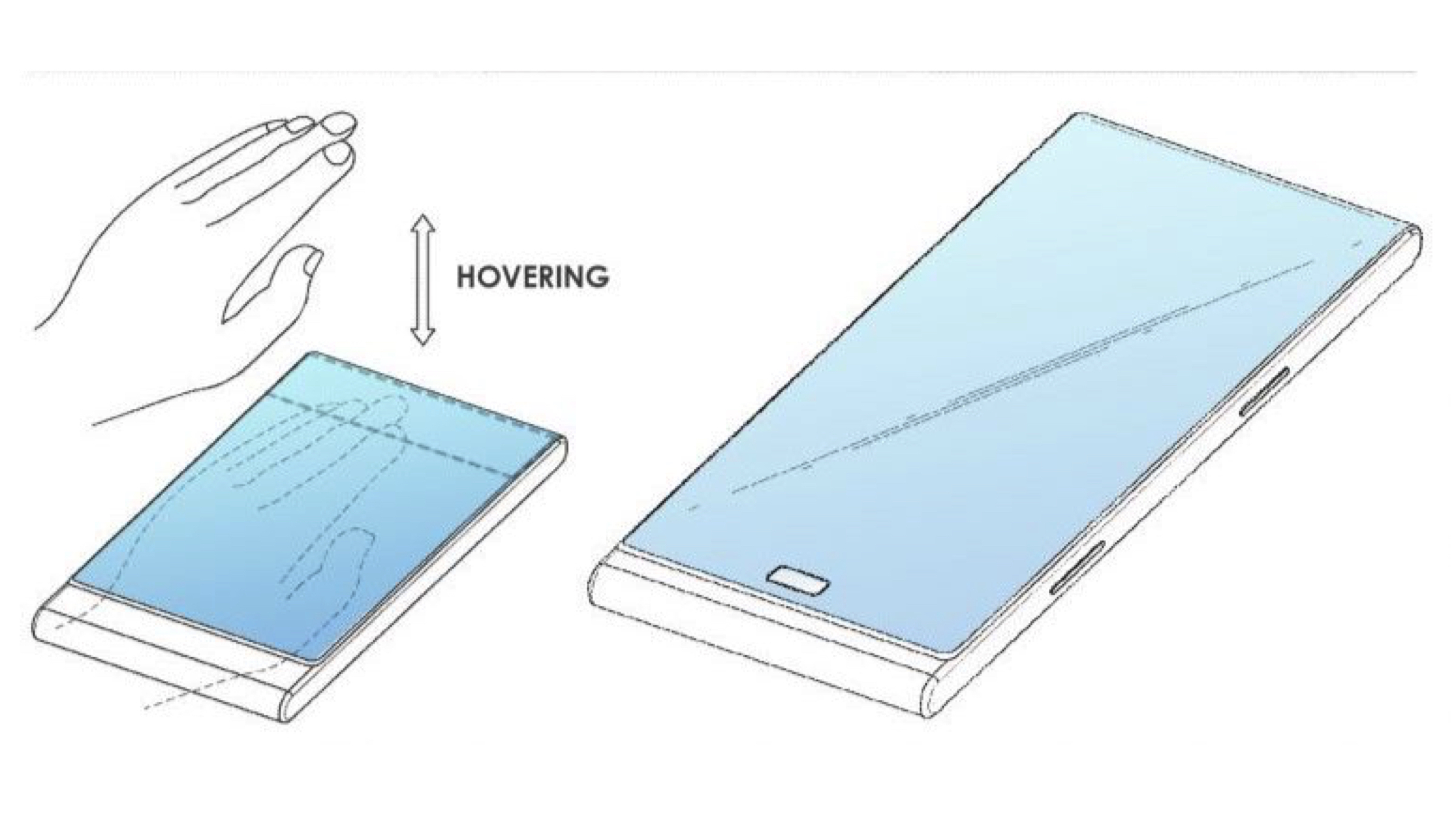
Also read: Redmi Popup Camera Phone Spotted In Video
As far as the usability of Samsung’s Dual Display Smartphone is concerned, the patents reveal the device will use hand gestures to control the User Interface of the handset. A similar operation method was implemented in the LG G8 ThinQ launched back in the month of February. The display on the top may be limited to notifications while the rear panel may be used for taking selfies and using the smartphone with one hand. Unfortunately, no details about the release date and pricing of the device are available yet, but they are expected to be unveiled in the following weeks.

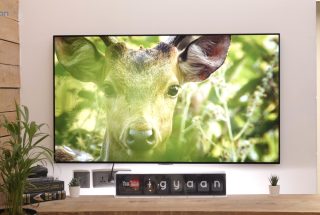
















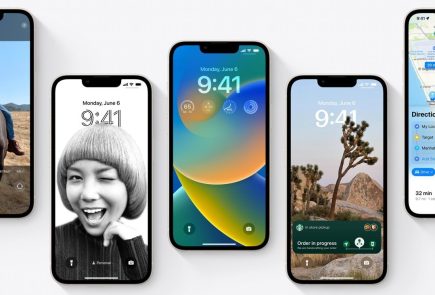
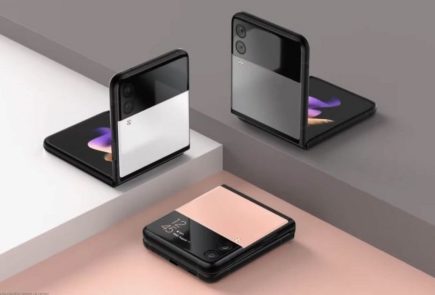



 . Thou
. Thou
 ! For i
! For i